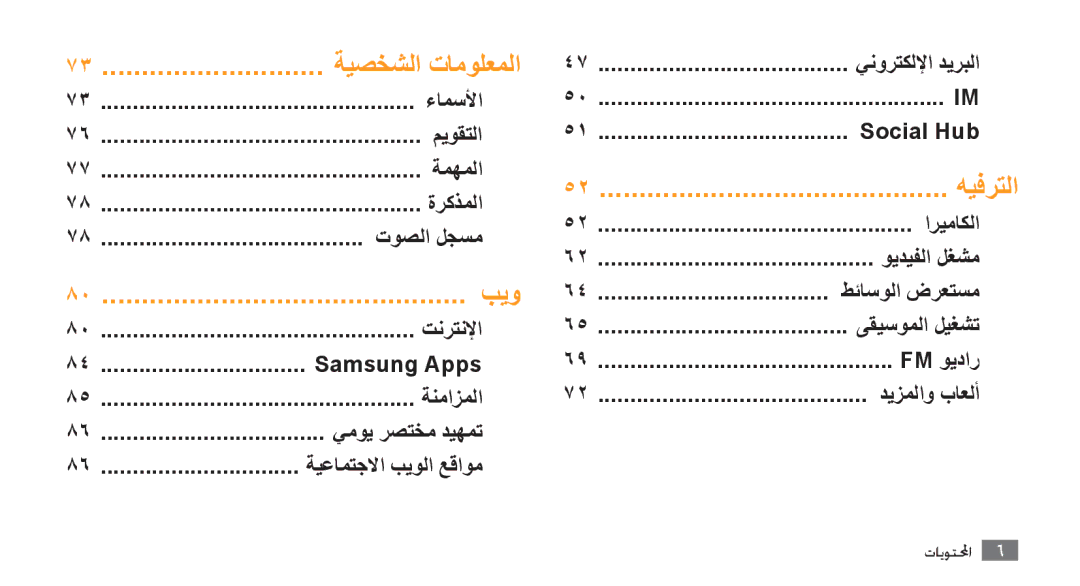GT-S8500ISAKSA, GT-S8500BAAMMC, GT-S8500BAAAFR, GT-S8500BANXSG, GT-S8500BAAEGY specifications
The Samsung GT-S8500 series, which includes models such as GT-S8500GAAARB, GT-S8500BAAARB, GT-S8500BAATHR, GT-S8500HKAECT, and GT-S8500BAATUR, represents a significant step in Samsung's mobile phone innovations that were launched around 2010. These devices are part of the Wave series and feature the Bada operating system, Samsung's attempt to create a standalone platform to compete with Android and iOS.One of the main features of the GT-S8500 models is their Super AMOLED display, which offers vibrant colors and deep contrast ratios. The 3.3-inch display, with a resolution of 480 x 800 pixels, ensures that users experience clear visuals when viewing images or videos. The touch interface is responsive, providing an enjoyable interaction for users.
The Bada OS, though relatively less well-known than its competitors, introduced unique features including multitasking capabilities and a customizable interface. Users could easily switch between applications and personalize their experience, making the device increasingly user-friendly. Additionally, the inclusion of Samsung's proprietary TouchWiz interface enhanced usability, allowing for easier navigation and access to applications.
In terms of hardware, the Samsung GT-S8500 series is powered by a 1 GHz processor, enabling a smooth performance for everyday tasks and applications. The devices came equipped with 2GB of internal storage, expandable via microSD, providing users with the flexibility to store music, photos, and various multimedia files.
Another notable feature is the 5-megapixel rear camera that supports autofocus and LED flash, allowing users to capture quality images and videos. The camera capabilities made it a suitable option for casual photography, particularly given the phone’s compact size.
Connectivity options included Wi-Fi and Bluetooth, ensuring that users could remain connected to the internet and share files quickly with other Bluetooth-enabled devices. The presence of a GPS receiver further added to the convenience, enabling location-based services for navigation and travel.
While the Samsung GT-S8500 models are now considered outdated compared to modern smartphones, they played a vital role during their time by introducing noteworthy technologies and features that contributed to the evolution of mobile communication and user experience. Today, they serve as a reminder of the rapid advancements in mobile technology.
